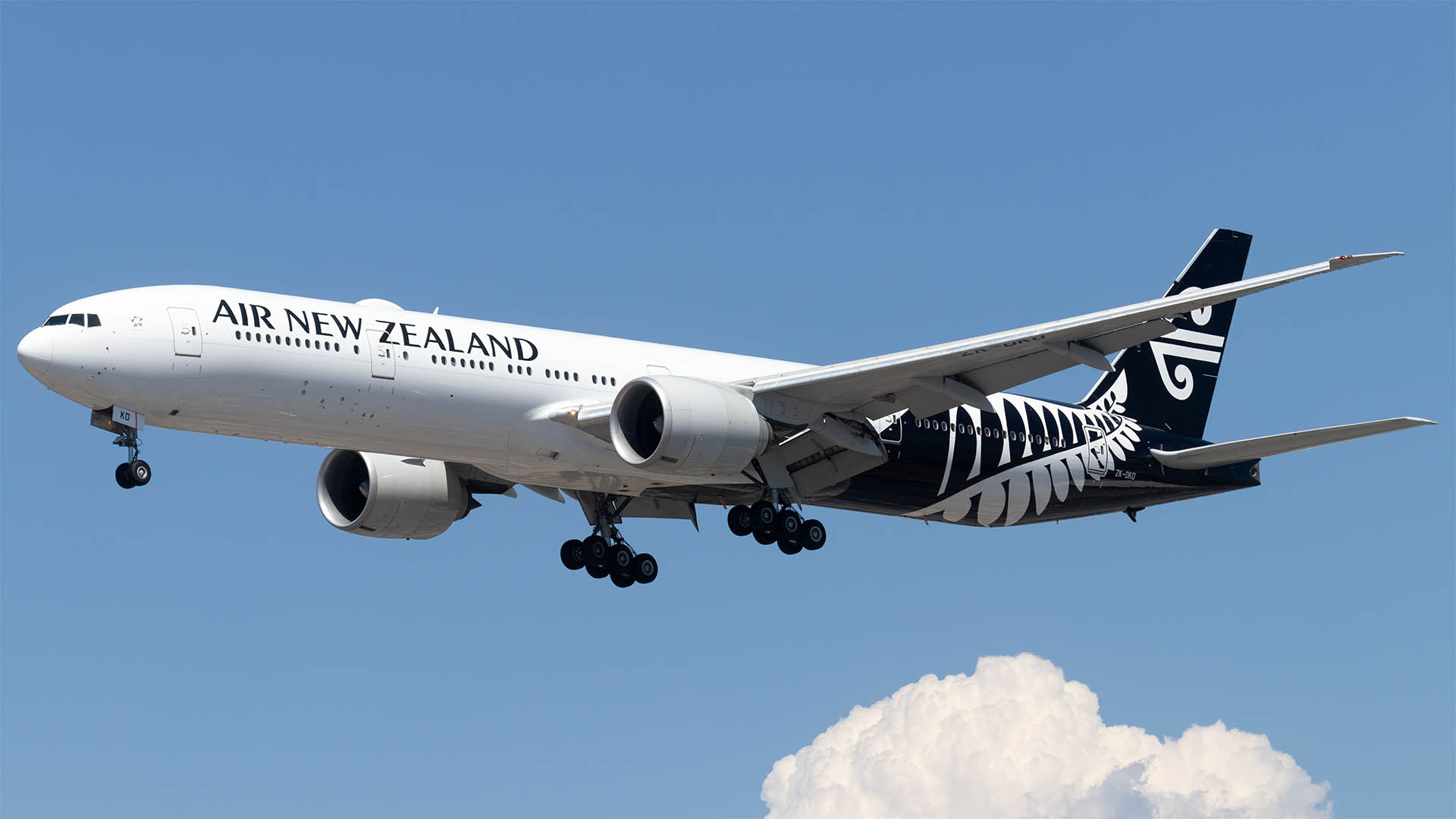BlueScope Steel’s strong earnings surge in 2015-16 had long been forecast by the company, so it was no surprise when the steelmaker revealed its final figures for the year to June yesterday.
But there was a bit of a surprise when the company forecast another six months of solid earnings growth, then fade a bit in the June 30 half year in 2017 as growth and profit margins slowed.
The strong profit outlook follows a big profit revision just last month when it forecast its year to June earnings before interest and tax (EBIT) at $570 million, following successive upgrades to the second half’s performance.
The company said net profit was $353.8 million, more than double the $136.3 million earned a year earlier, while underlying net profit rose to $293.1 million in the year to June 30 (from $134.1 million in 2014-15), boosted by a strong second half contribution of $174.1 million, it said. Revenue rose 7% to $9.2 billion.
BlueScope said that rise in revenue was due to 100% ownership of North Star in the US from the end of October 2015, "favourable translation impacts of a weaker AUD exchange rate and stronger domestic demand within ASP. These were partly offset by lower domestic and export prices, due to lower global steel prices, lower export volumes at ASP and lower despatch volumes from Engineered Buildings North America and Australian Distribution,” BlueScope explained.
The company said the reported net profit aftertax of $353.8million was $217.5 million up “ n FY2015 primarily due to the requirement to revalue the Company’s existing interest in North Star when 100% ownership was acquired at the end of October 2015, sale of McDonald’s Lime and improved underlying NPAT, partly offset by Australia and New Zealand non-current asset carrying value impairment charges at 31 December 2015 and New Zealand (Taharoa) impairment charges at 30 June 2016.
"Underlying NPAT of $293.1M was $159.0M higher due to lower costs, 100% ownership of North Star from the end of October 2015 and favourable impacts of a weaker AUD:USD, partly offset by lower spreads.
And BlueScope said that underlying earnings before interest and tax of $570.5 million was $268.7 million higher than the 2014-15 result – "an 89% increase driven by company initiatives, despite the weakest macro conditions since 2002. Compound underlying EBIT growth over the last three years of over 90 per cent per annum.”
Those “company initiatives” refer to last year’s deal with employees that saw a three year wage freeze, an effective wage cut, 200 jobs lost and a tax deal with the NSW Government.
Originally, it said the second half profit before tax and interest would run at $209 million which it raised to $270 million and subsequently to $340 million.
It cited improved margins, but the uplift also follows that cost cutting centred on its Port Kembla steelworks with 200 jobs axed and that three-year pay freeze.
A steady 3c a share final dividend has been declared, making an unchanged full year payout of 6 cents a share.
A year ago Bluescope took full control of the North Star steelworks in North America for $US720 million ($945 million), buying out its long term 50% partner, Cargill. Earlier this year put its Taharoa iron sands venture in New Zealand up for sale.
Looking to the current year, BlueScope said it expects the current half year to see underlying EBIT around 50% higher than the EVIT for the June 30 half, which was $340.4 million. That would put underlying EBIT above half a billion dollars – almost as much as the company made in the year to June 30.
But analysts say they expect the growth to slow and margins to contract in the June, 30, 2017 half year thanks to rising competition from imports and a softening in demand and prices for some steel products, especially hot rolled coil in the US market which is a major product produced by the North Star plant. December half year borrowing costs will also be lower.
The shares ended up 5.7% at $8.72












